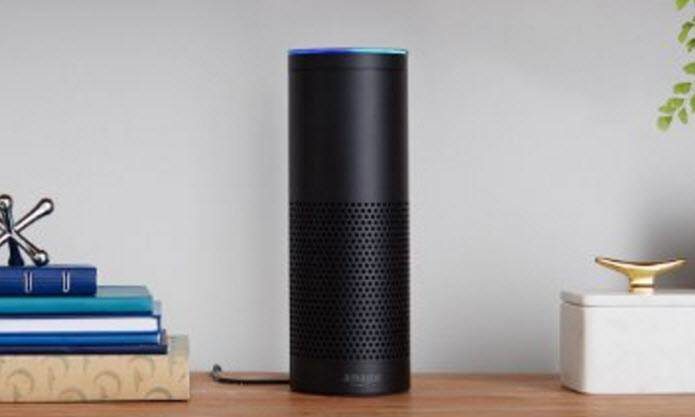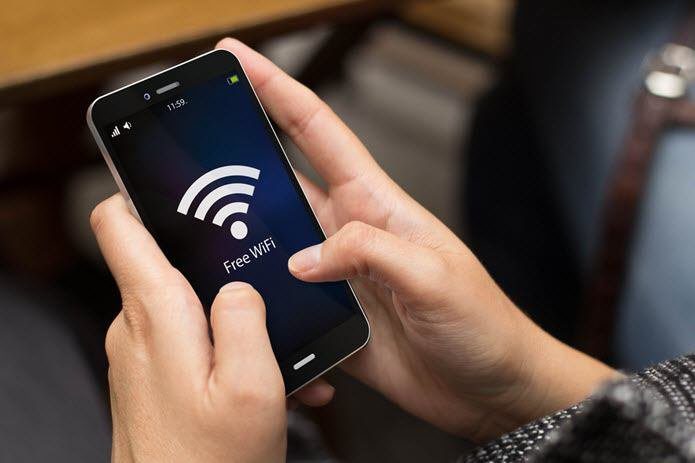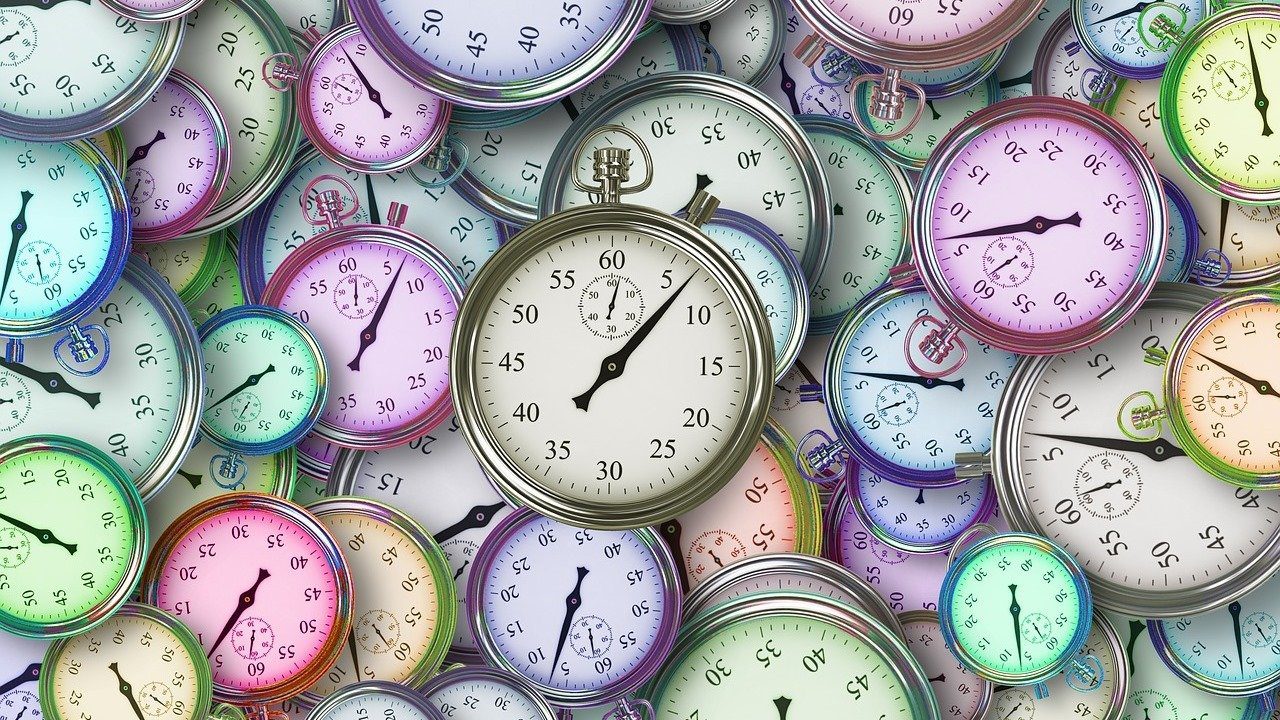This is why it is so rare to find a to-do app like Any.Do, which is not only free and great looking, but that is also simple and even fun to use. Contrary to the common practice in the app market, Any.Do showed up on Android first to much acclaim, making its appearance on the iPhone later which was not only much more significant but also very anticipated. Let’s take an in-depth look at what makes Any.Do such a pleasant free to-do app for the user with average needs.
First Steps With Any.Do
Upon opening Any.Do for the first time, you will be greeted with a nifty animation that shows you some of what the app can do. Shortly after, the app will ask you to sign-in with Facebook, to Log in or to Register. Having an Any.Do account is not necessary (in fact, you can skip this step altogether), but logging in to the app will allow you to sync to-do’s with your PC or Mac using Google’s Chrome web browser (more on that later). Any.Do’s main screen is much in line to what you can expect from the rest of the app: Simple, elegant and with a focus of priorities. The app provides you with four main lists labeled: Today, Tomorrow, This Week and Later. Each main list has a “+” sign to its right which you can tap to create a to-do. Also every time you enter the app it will display a sync indicator in the form of a thin light blue bar flashing across the top of the screen. Now, while the “Today” and the “Tomorrow” main lists are self explanatory, the main list “This Week” and most of all “Later” can be somewhat confusing. Adding a to-do to “This Week” will usually push the task to the day after tomorrow, while adding it to “Later” will push it to one week after its creation. Surprisingly, there is no available setting to adjust this default configuration, which turned out to be one of the few minor gripes that I have with this to-do app. If you would prefer to have more control over how to organize your tasks and really don’t put much focus on dates, then Any.Do also offers a Folder view, which allows you to create folders that can then group related tasks. Any.Do comes with the folders “Personal” and “Work” created by default, but you can add as many as you want. This type of to-do management brings a more GTD (Get Things Done) approach to tasks, while using the default “Date” view is more similar to the FTF (First Things First) method. Good to know: The GTD method (created by David Allen) focuses mainly on prioritizing similar tasks to accomplish major goals. The objective of FTF (created by Stephen Covey) on the other hand keeps your focus on the weekly tasks, while setting your goals aside temporarily in order to keep perspective on what really matters.
Any.Do’s Settings
Tapping the bottom of the main screen of Any.Do will reveal four different options: Date, Folder, Done and Settings. The first two will allow you to display to-do’s in the two main ways mentioned above, while Done will take you to the to-do’s you have already completed. Tapping on the settings icon on the bottom right of the screen will take you to the app’s options, which allow you to create folders, turn sounds on and off, choose your written and spoken language (separate options, oddly) and even change Any.Do’s look to a stylish black.
Adding and Managing To-Do’s on Any.Do
By far the funniest part of using Any.Do is creating to-do’s, which can be done in various ways. To start, you can either tap the “+” icon located to the right of any list or you can swipe the screen down to bring the text entry field into view. Hold on for a second or two when swiping down however, and the screen will change to allow you to create a to-do by voice. This is a cleverly implemented feature, since it requires one same gesture (swiping) only to be timed differently in order to allow for two different input methods. Interestingly, while you type your to-do, Any.Do will suggest different actions according to your input. Additionally, when creating a to-do you will also have the option to either add a reminder or share it via email, Twitter or Facebook (you have to be logged into those accounts to be able to share to-do’s). After a to-do is created, tapping on it will allow you to set its priority, move it to a folder, set a reminder, share it and, most importantly, adding sub tasks to your main to-do. As you can see on the screenshots below, taping a main to-do (Buy groceries) shows that it has three sub tasks, which can be accessed tapping the Notes icon. This option is great for creating and organizing simple lists, making it very simple to do so. Because of this simplicity however, those looking for more thorough options (like adding a sub task to another sub task or grouping main to-do’s into a larger project) will likely be disappointed. Moving to-do’s between lists and folders is very simple as well. All you have to do is tap and hold on the task you wish to move and then drag it across the screen to its new location. Swiping from left to right over a to-do will strike it through, but in order to delete it you will have to either tap the “x” to its right or shake your iPhone. At first I thought this was quite a pointless feature, but it turned out that being able to see all the small tasks I’ve managed to finish made me experience a quite rewarding sense of accomplishment.
Syncing To-Do’s and Other Features of Any.Do
Syncing to-do’s on Any.Do is quite a seamless process, thanks mainly to the developers of the app, who have taken a quite smart route: They developed a Google Chrome extension that can be used by any computer or OS able to run the web browser. You can get the Any.Do Google Chrome extension by clicking here. Once installed and after you log into your Any.Do account, the extension will basically behave like the app itself, and any change made on either your browser or your iPhone will show up in the other instantly. The developers of Any.Do also stated that they are working on a web app for Any.Do, but in the meantime this Chrome extension is a very smart implementation that works well. Last but not least, Any.Do offers quite a nice addition: Turn your iPhone to landscape mode and the to-do app will change accordingly to display a two-panel view rich with information. While in this view you can even choose what each panel displays, as well as dragging tasks from one to the other.
Final Thoughts
It is usually very hard to compete against free, but when a free app brings so much to the table it becomes an exercise in futility to try to recommend anything else against an app like Any.Do that does what it does so well. It might not be the ideal app for those obsessed with to-do’s and with micro-managing even the smallest tasks, but for the average user who wants to keep track of things in a simple way, Any.Do easily (and pleasantly) over-delivers. You can download Any.Do for your iPhone or iPod Touch from the App Store. The above article may contain affiliate links which help support Guiding Tech. However, it does not affect our editorial integrity. The content remains unbiased and authentic.
























